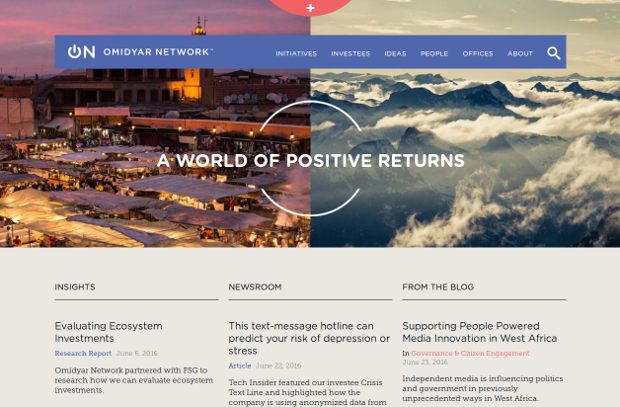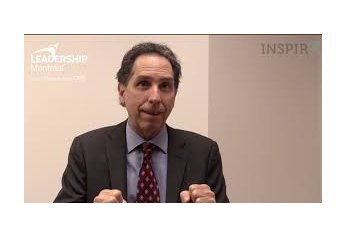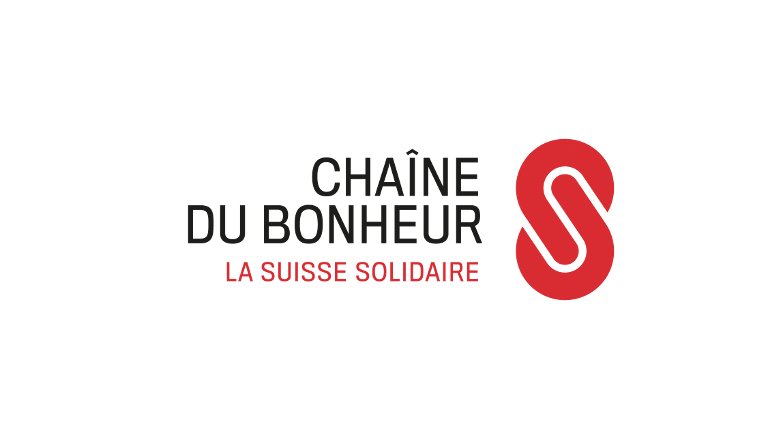In Omidyar Network they believe in “flexible capital” — that is, they invest financial and human resources in both for-profit and nonprofit ventures. It’s not an either-or decision for them; they believe using both grants and for-profit investments can be powerfully complementary. Since 2004, Omidyar Network has invested that way more than $350 million in more than 150 organizations. The range of sectors includes microfinance, consumer Internet and mobile applications, global entrepreneurship, government transparency, and property rights. Some 57% of those dollars have funded grants and 43% for-profit investments. Philanthropy through grants can benefit society in many ways. Grants can help nonprofits provide public goods — for instance, the technology developed by the Rockefeller Foundation in support of the Green Revolution. They can help subsidize goods and services that produce positive societal outcomes — for instance, vaccines developed as a result of Gates Foundation grants. And they can spur investments in high-risk ventures — for instance, initial development of the microfinance industry. Meanwhile, investments in for-profit ventures benefit society by leveraging the power of markets. When the primary motive is to generate profits, businesses will strive to deliver value in excess of costs and scale up. And, as Pierre Omidyar experienced first-hand, successful for-profit ventures can create substantial customer value, jobs, and economic activity. But the combination of both can be quite powerful, as illustrated by microfinance’s phenomenal growth. In the 1980s and 1990s, most microfinance institutions were grant-funded NGOs. As microfinance’s impact and commercial viability became apparent, business investors, many with strong social motivations, invested heavily in commercial MFIs, helping them grow rapidly. The percentage of the world’s top 50 MFIs that were for-profit banks increased from 22% to 62% between 1998 and 2008. Grants sparked and nurtured microfinance while for-profit capital helped it scale. Additionally, the Internet provides numerous examples of the ways for-profit and not-for-profit investments can complement one another. Nonprofit Wikipedia, for example, engages hundreds of millions of individuals in creating educational content, sharing information, and learning online. Meanwhile, the for-profit website ViiKii is a self-described Wikipedia-meets-Hulu platform where volunteers translate video content into a multitude of languages for subsequent viewing on ViiKii or partner sites. The site tears down language and cultural barriers while providing valuable content. Increasingly, philanthropists and foundations are recognizing the benefits of the flexible approach. However, less than 1% of the capital U.S. foundations disbursed in 2007 (the last year of complete data) supported for-profit ventures. Moreover, only 4% of that 1% was invested in equity — precisely the kind of risk capital than can nurture businesses aimed at creating social good. With hundreds of billions of dollars flowing into philanthropy over the next few decades, the big urgent question will be: How can we best deploy these funds? The private sector is being increasingly scrutinized for its ability to deliver societal value as well as profits, while the public sector, in this period of increased austerity, will be called upon to find creative ways to deliver more value with less. The flexible-capital approach holds great promise for both, in terms of improving the human condition.  Web site: https://www.omidyar.com/ Matt Bannick: Charity? Make it unconventional
Web site: https://www.omidyar.com/ Matt Bannick: Charity? Make it unconventional
Make it flexible
![]()
STAY IN TOUCH
SUBSCRIBE TO OUR NEWSLETTER
AND RECEIVE OUR LATEST STORIES
OLBIOS NETWORK FOR ACTION










